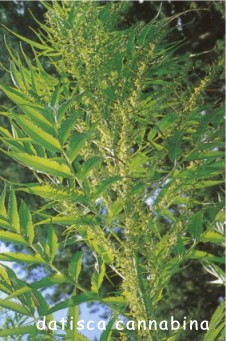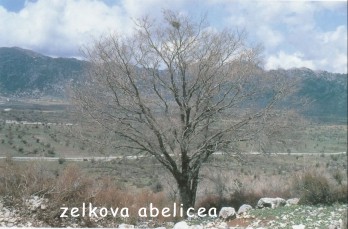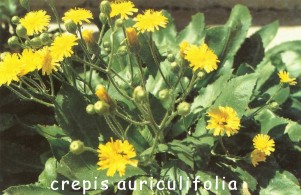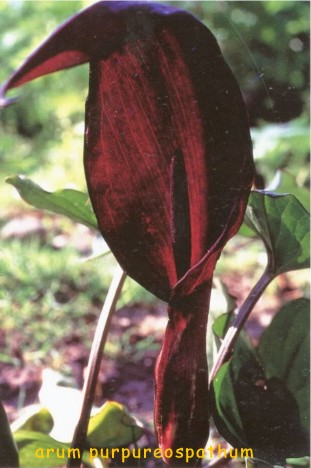FLORA
Georgia Sartzetaki – Areti Manousaki – Panagiotis Sartzetakis
Crete's flora is one of the richest in Europe. From the 2400 plant species that can be met in the island, 200 are native. From these 70 are met in the White Mountains and the broader region of Samaria Gorge. Specifically, the total flora of Samaria Gorge can be discerned to three zones. 1. The Mediterranean-coast zone. Comprising the seashores the hilly and semi-mountainous regions, this zone is characterized by the dry and warm weather conditions. It is comprised (mainly) of clusters of pine trees, scattered cypress species and bushy plants such as Pistacia lentiscus, cistus creticus, ceratonia siliqua and others. In a more high altitude you can meet the Kermes oak (Quercus coccifera), Erica plants (erica manipuliflora), phillyreas (phillyrea latifolia), wild olive trees (olea europaea), the Cretan maple (acer creticum), and the almond-leaved pear (pyrus spinosa). 2. The mountainous-Mediterranean zone, which comprises landscapes in an altitude of 1000-1700m. In this zone, big trees such as the cypress, wild olive trees, phillyreas, Cretan maples and zelkova abelicea prevail. 3. The outer-forest and Sub-Alpic zone with many native species. In the whole region of Samaria Gorge there are many native trees such as the evergreen plane tree (platanus orientalis) and the oleander. Additionally, many fungi that coexist with the trees (mostly on their roots and share mutual benefits with them) are abundant in the inner parts of the Gorge. Many herbals thrive in the broader area of the White Mountains such as the sage, the thyme, dittany, chamomile etc. Finally, many endangered species are scattered all over the mountainous area such as centaurea poculatoris, alyssum sphacioticum and arum purpureospathum.


